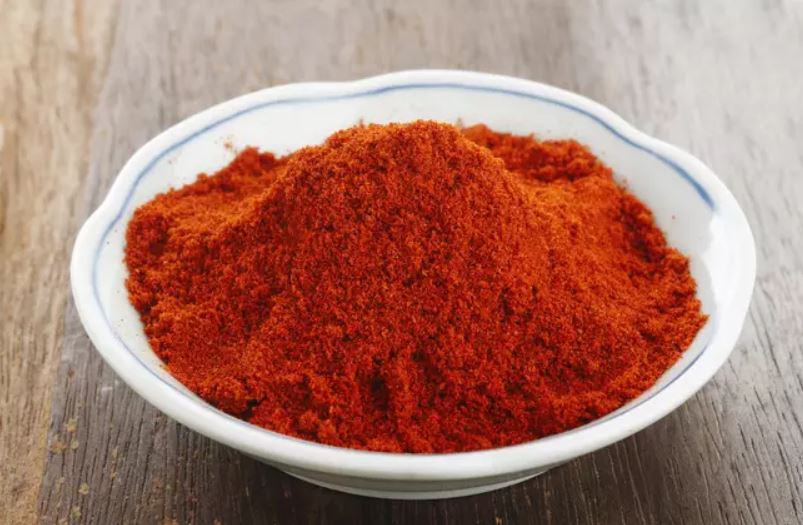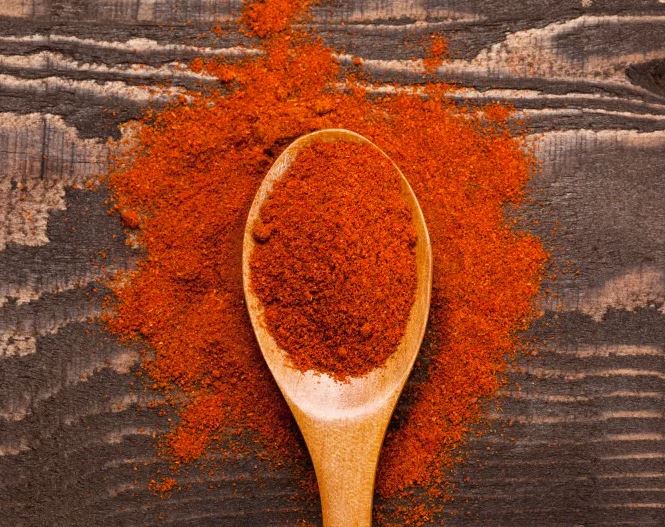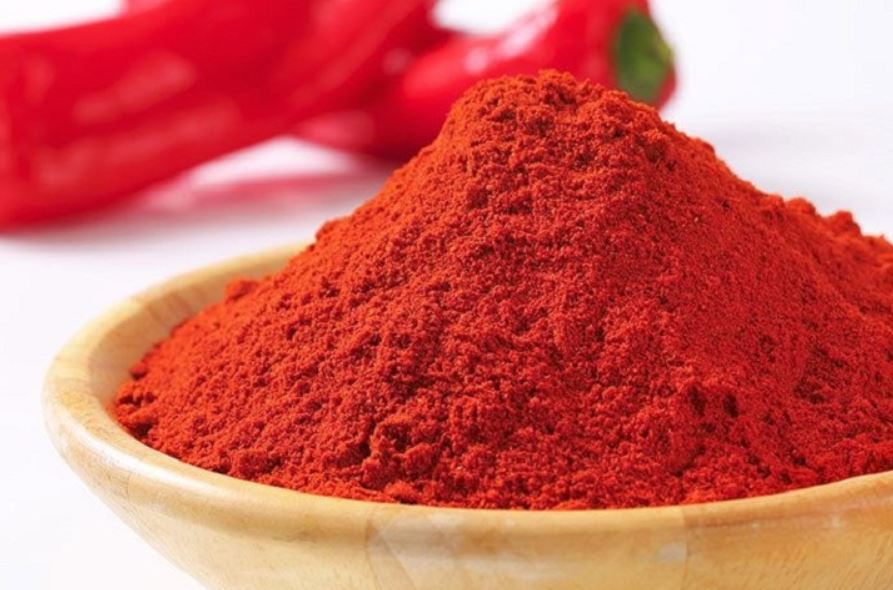Paprika is likely the perfect choice for those seeking to add vibrant color and a touch of sweetness to their dishes.
However, it has recently come to light that many of us have been using paprika without truly understanding its composition. This revelation has astonished many people.

A woman took to her Twitter handle @simsimmaaz and shared her shock after making the discovery.
“Learning that paprika is just dried, and crushed red bell peppers was really shocking," she penned.
"Like I dunno why I thought there was a paprika tree somewher'.

Her post gained rapid viral traction, with numerous users chiming in with their thoughts. It's clear that she wasn't the only person who was unaware of this fact.
One person commented: I know that not everyone might have known that about paprika just like I wonder how many people know that avocado means testicle in Aztecan and that guacamole is Aztecan 4 testicle sauce
A second wrote: Paprika is made from the dried, ground, ripened fruit pods of less pungent varieties of the Capsicum annum species.
A third said: After years of wondering I finally Googled it last year. Honestly, I was kinda disappointed it's just dried peppers
Someone else wrote: In Iceland, we have always known because bell pepper is called paprika in Icelandic.

Numerous spices and herbs derive their names from the plants they originate from
For instance, cumin powder comes from dried cumin seeds, and cinnamon is obtained from the inner bark of tree species in the Cinnamomum genus.
However, when it comes to paprika, there is no corresponding seed, root, or tree that offers much insight. Interestingly, the term 'paprika' is derived from the ingredient it’s made from – peppers, to be exact, sweet red peppers.

According to Etymonline.com, the term originates from the Hungarian word 'paprika,' which is a diminutive form of Serbo-Croatian 'papar' meaning 'pepper,' stemming from the Latin 'piper' or the Modern Greek 'piperi.'
The source further explains that paprika is crafted from a 'New World plant,' introduced to Eastern Europe by the Turks, and it became known in Hungary by the year 1569.






